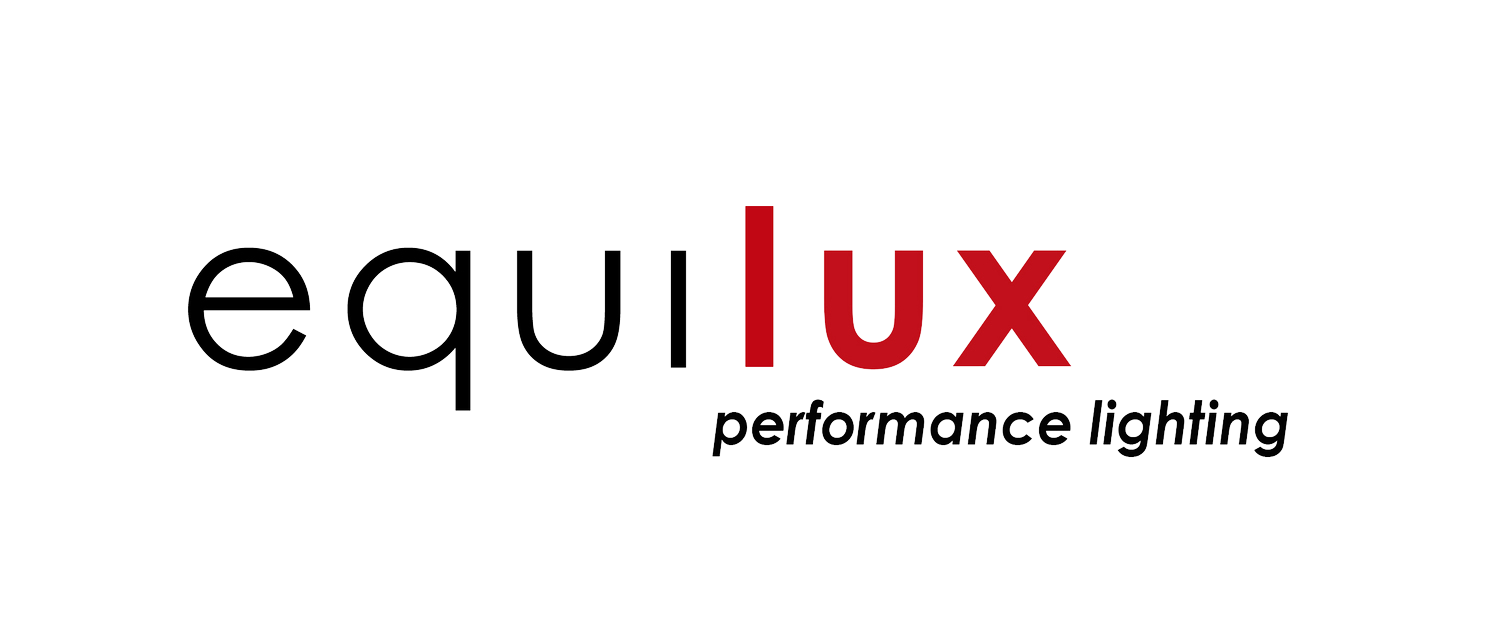2 Year Old Thoroughbreds in Training

Changes in weight, body fat and FFM over time in horses in training housed under the Equilux system or traditional stable lighting.
Results
Research Trial: Environmental Microbes
During a trial comparing growth parameters in young horses under the Equilux system versus traditional stable lighting, environmental samples of stable air and interior surfaces were collected on weeks 2 and 8. Samples were cultured and analysed for fungal and bacterial microbes by the Microbiology Department of theIrish Equine Centre.


